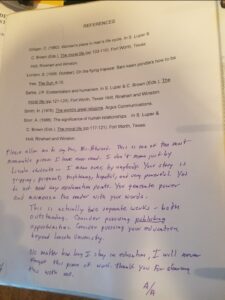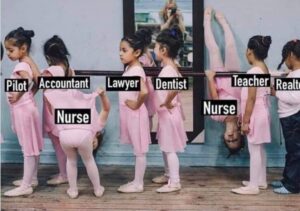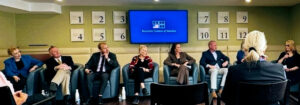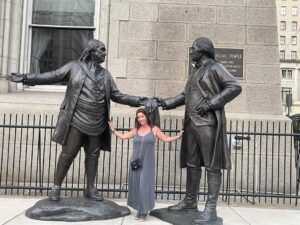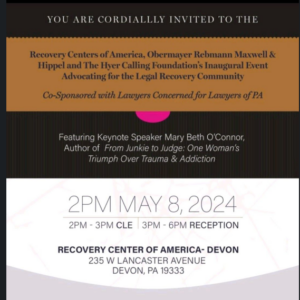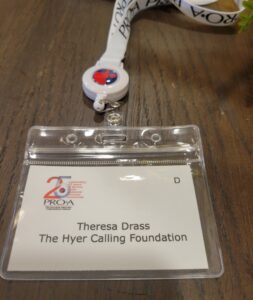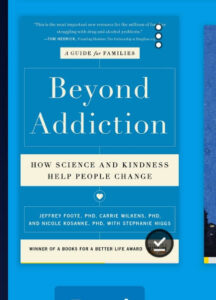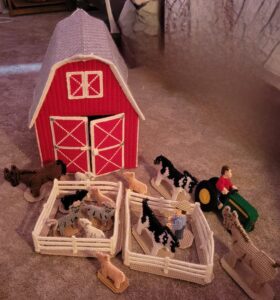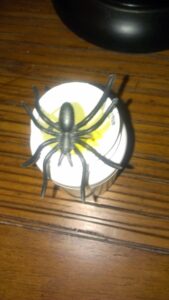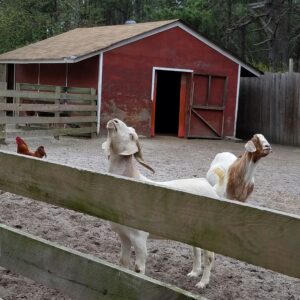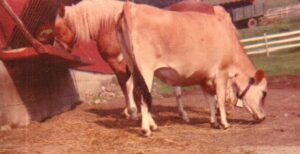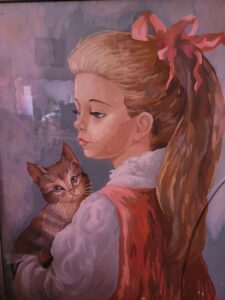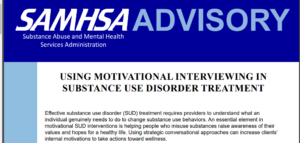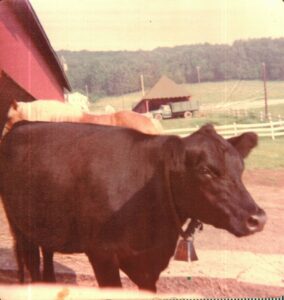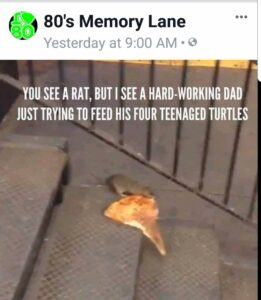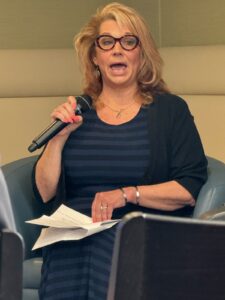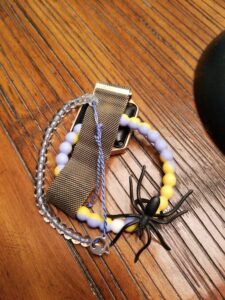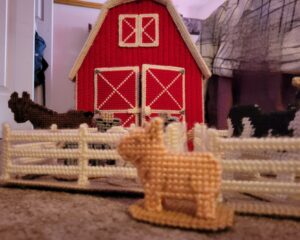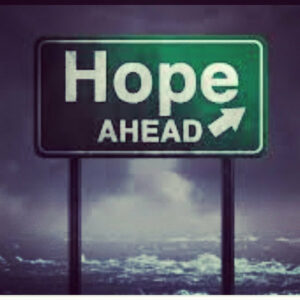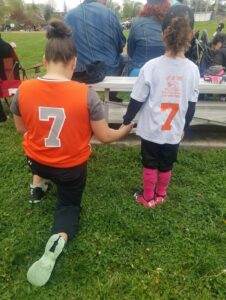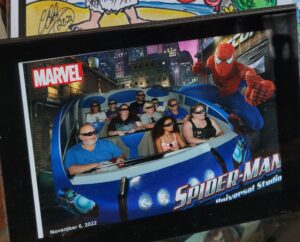In describing my autobiography of 23 years ago, my professor wrote, “This is one of the most memorable pieces I have ever read…. I mean, ever, by anybody, your story is gripping, poignant, frightening, hopeful and very powerful……”
On one of my first shifts working in a hospital as a psych tech, I witnessed a moment that forever informed and influenced my professional career path. A restrained patient, screaming and cursing in crisis, was punished by having a wet, very dirty mop repeatedly smashed on his face by the seasoned coworker who was precepting me.
I share this background with you to show that my journey as an ally stemmed from traumatic experiences that fueled a powerful transformation. Through personal growth, much eclectic education, and unreserved collaboration, I learned that change happens best when we work together.
As advocates, we aren’t just nurses, counselors, lawyers, administrators, or policymakers – we’re allies, fighting for a system that supports, not shames, punishes, or destroys.
In defining allyship, we must embrace that being an ally is more than just words. It’s about purposefully and ACTIVELY enabling those in recovery, and their families, to take charge of their own narratives and build brighter futures by dismantling stigma, challenging destructive assumptions, and amplifying their own expert voices.
It’s judiciously and skillfully looking for, recognizing, and encouraging the strength and resilience within each person fighting their way back from adversity.
It’s vigorously building bridges of trust and support, nurturing compassion, understanding, and mutual respect in creating a more restorative environment that allows individuals to feel comfortable seeking help and germanely participating in their own recovery journeys.
As allies, we can be uniquely powerful advocates for better access to recovery services. We can challenge discriminatory practices that hinder recovery. We can, and must, create safe spaces for open, and productive, conversation. This creates a ripple effect throughout the community, as a more open and supportive environment empowers everyone in it to connect, heal, and thrive.
🕷🕷🕷🕷🕷🕷🕷🕷🕷🕷🕷🕷🕷🕷🕷🕷🕷🕷🕷🕷🕷🕷🕷🕷🕷🕷🕷🕷🕷🕷🕷🕷🕷🕷🕷🕷🕷🕷
For example, I offer the exemplary ally I admired first, and probably still the most: Charlotte A. Cavatica. In the story of Charlotte’s Web, we see the beauty of allyship through the characters of Zuckerman’s farm community, including Wilbur, the vulnerable pig, and Charlotte, the resourceful spider ally.
The last line of the book tells us, “It is not often that someone comes along who is a true [ally] and a good writer. Charlotte was both.” (And here is a good first lesson about allies – they sometimes present themselves in scary little packages. 😨)
In describing her, Wilbur says, “I’ve got a new friend, all right. But WHAT a gamble friendship is! Charlotte is fierce, brutal, scheming, bloodthirsty—everything I don’t like. How can I learn to like her, even though she is pretty and, of course, clever?”
Charlotte, despite her size, becomes a powerful advocate for Wilbur. She uses her skills assets – including her web – to end the stigma about, and transform, Wilbur’s image, giving him hope and a fighting chance. By advocating for Wilbur, Charlotte creates a safer space for him within the barn community, allowing him to focus on his survival without fear of judgment or isolation. This sense of safety and acceptance is vital for anyone struggling.
Reflective of our colleagues with lived experience and who function as peer support specialists, Fern, the young farm girl who initially rescues Wilbur as a piglet, represents another facet of allyship. She is “the ally who walks beside you.” She offers unwavering belief and encouragement, often reminding Wilbur of his progress. This is the friend who motivates, offers a steady hand, and celebrates milestones throughout the entire expedition.
Fern’s unwavering support provides Wilbur with a sense of belonging, stability, and self-worth, all of which are crucial components of recovery and wellness. Having someone who believes in you and celebrates your progress can make all the difference in continuing to strive for success. (E.B. White, The author, doesn’t mention it, but I’m presuming Fern had some motivational interviewing training.)
Together, Charlotte and Fern showcase different attributes of an ally. One offers strategic action, the other, committed and unwavering support.
🐀 Even Templeton, the always-hungry and devious self-centered rat, finds redemption and personal purpose through allyship. By using his sly cunning to support Wilbur, he discovers the power of helping others. Templeton’s story demonstrates that allyship is a process, and that even those who may not seem like allies can find a place in creating a welcoming community.
In response to Charlotte’s magical web, Fern’s mother says “I don’t understand it, and I don’t like what I don’t understand.” Charlotte’s web truly becomes a metaphor for the support system an ally can help build. By creating, and sustaining, a strong webbed system of support, allies can ensure individuals in recovery and their families connect with the resources they need to heal.
The web becomes a beacon of hope, tethering and inspiring others. As Wilbur says cheerfully, “I think I’ll try again,…I believe what I need is a little piece of string to hold me.”
The messages Charlotte writes on her web, like “Some Pig,” and “Radiant” – are thoughtful, positive affirmations that boost Wilbur’s self-esteem. Language matters and can help the rest of the community reframe how they view people and issues. In choosing our words carefully, and providing similar encouragement, allies can challenge negative perceptions and promote hope.
Wilbur and Charlotte face many obstacles together, but through their combined efforts, they overcome each challenging hurdle, demonstrating the strength found in unity.
It’s worthy of mention that the book tells us, “Everybody who visited the pigpen had a good word to say about Wilbur. Everyone admired the web. And of course, nobody noticed Charlotte.”
Eventually, all the animals in the barn, inspired by Charlotte’s actions, rally behind Wilbur. This reminds us of the power of community, with its social systems, wholly supporting individual and group wellbeing. When we stand together, hope flourishes.
When allies come together with their various strengths and perspectives, the community as a whole becomes a more safe, joyful, supportive, efficient, and effective solutions-focused system.
Even after her passing (sorry for the spoiler if you haven’t read it yet), Charlotte’s web remains. It stands as a Legacy of Strength and a permanent reminder of the power of allyship, the enduring strength of the human spirit (or spidey senses as the case may be), and the connectedness of the barn community.
Wilbur goes on to tell Charlotte’s surviving children,
“I think it is only fair to tell you that I was devoted to your mother. I owe my very life to her. She was brilliant, beautiful, and loyal to the end. I shall always treasure her memory. To you, her daughters, I pledge my friendship, forever and ever.”
Ultimately, the power of allyship is our own fortune. As Charlotte explained to Wilbur, “By helping you, perhaps I was trying to lift up MY life a trifle. Heaven knows anyone’s life can stand a little of that”

